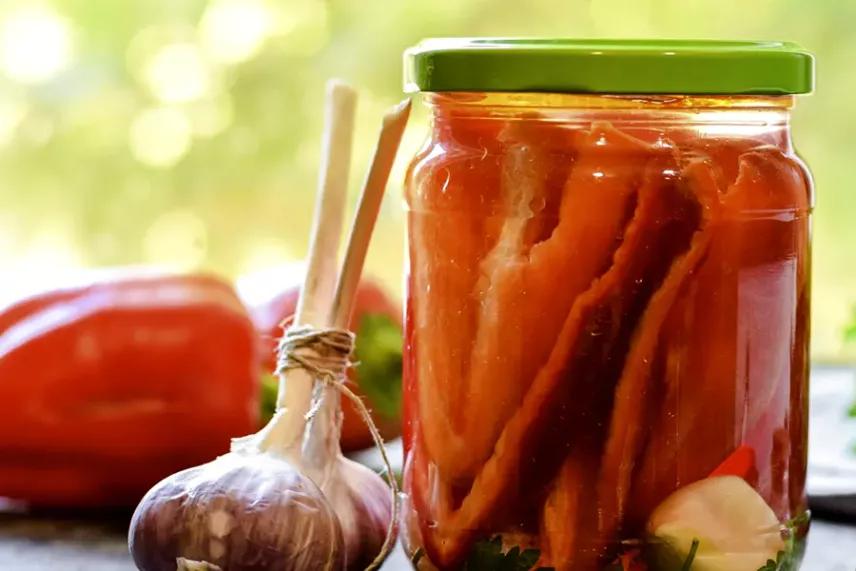
Homemade Preservations for the Winter
The food industry supplies the population with a wide variety of canned goods. But, despite this, every housewife tries to make all kinds of preservations for the winter in the summer and autumn. During this period, there is a large abundance of vegetables, berries, fruits, mushrooms on sale from which you can make a harvest for the winter. Products are harvested in various ways - they make jam, jams, marmalade, candied fruits, salt, pickle, sour and dry.
Harvesting Vegetables for the Winter
For preservation, fruits or vegetables are placed in tins or glass jars, and then hermetically sealed and heated to kill microbes in the product. Sterilization of jars for the winter is usually carried out at a temperature of 100-120°C. Also, marinades are used to preserve fruits and vegetables, which include products that retard the development of unnecessary bacteria. To preserve in this way, glass jars are sterilized, prepared fruits or vegetables are placed, poured with marinade and rolled up with tin lids.
Salting, Fermenting and Pickling Vegetables
Fruits and vegetables can also be salted and sour, harvesting for the winter. Preserved products are poured with brine, and after a while lactic acid bacteria begin to stand out, which help the fermentation process. The better conditions are created for the development of lactic acid bacteria, the better and faster the fermentation process will take place. Thus, unnecessary bacteria will not have time to multiply, since lactic acid bacteria are a kind of preservative for products that are harvested for the winter https://kashevar.com/en/recipes/preparations. In the old days, vegetables and fruits were fermented without adding salt, which is also possible. But salt, not only is it also a preservative, it also helps the reproduction of lactic acid bacteria. Without the addition of salt, the fermentation process may be somewhat delayed.
Preservation of Jam from Fruits and Berries
Another option for preserving food for the winter is making jam from fruits and berries. For better storage, fruits and berries are boiled in a large amount of sugar, approximately 1 kg of sugar per 1 kg of fruits or berries. In this case, sugar serves as a preservative, which does not allow microbes to multiply, but they do not die. So, if water is added to cooked jam or jam, then favorable conditions will be created for the development of microbes, which will lead to spoilage of the product.
Drying Vegetables and Berries for the Winter
The easiest way to preserve for the winter is drying. You can dry any vegetables, fruits or berries. But you should not forget that when overdrying, favorable conditions can be created for microbes, since the development of microbes mainly occurs at an average sugar content, and by removing moisture, the sugar concentration is significantly increased. In completely dried foods, microbes do not multiply, but they do not die either. It is necessary to store completely dried products in hermetically sealed containers, as they can again absorb moisture from the air, which can promote the development of microbes and the product will be spoiled.